Butterflies are among the most beloved and colorful insects on Earth, belonging to the order Lepidoptera. As adults, they dazzle us with their vibrant wings and graceful flight, while their larvae—caterpillars—are often known for munching on leaves and sometimes causing agricultural damage.
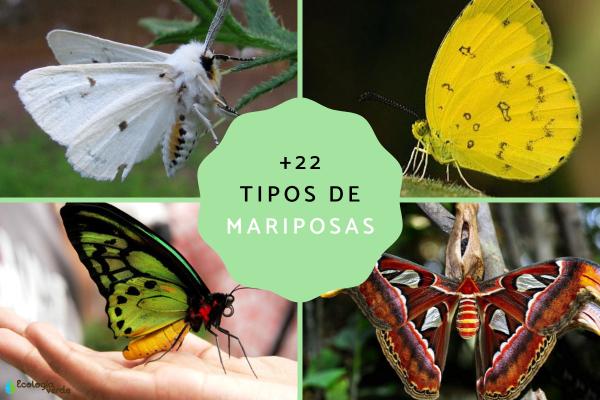
With over 145,000 known species worldwide (and counting!), Lepidoptera is the second-largest insect order after beetles (Coleoptera). One of the group’s key features is their two pairs of scaly wings—“Lepidoptera” literally means “scale-winged” in Greek. These delicate scales give butterflies their stunning patterns and colors.
Ready to discover some of the world’s most beautiful and fascinating butterflies? Here are 22 types of butterflies you can recognize, along with their classification, major features, and ecological roles.
How are butterflies classified?
Lepidoptera are traditionally divided into two main groups:
True Butterflies (Rhopalocera): About 25,000 species, mostly diurnal, with clubbed antennae and bright colors.
Moths (Heterocera): Around 120,000 species, mostly nocturnal or crepuscular, with diverse antennae shapes and often muted colors.
Key Differences:
Activity: Butterflies are typically active during the day, while moths are active at night.
Antennae: Butterflies have club-shaped antennae; moths may have feathery, thread-like, or comb-like antennae.
Wing Color: Butterflies are usually brightly colored; moths are often brown or gray.
Resting Posture: Butterflies rest with wings held upright; moths rest with wings spread flat or roof-like.
Pupa Stage: Butterfly pupae (chrysalides) are exposed, while moths often create protective cocoons.
Adults are known as white moths, with pure white wings dotted with black. The caterpillars—“woolly bears”—have dense, non-stinging hairs and are somewhat resistant to pesticides. Major pests on sunflowers and soybeans.
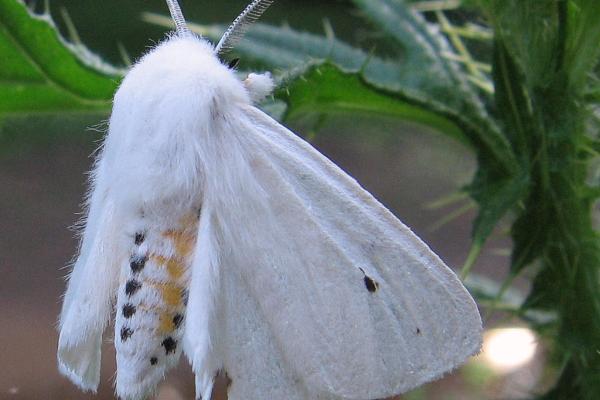
Found in Asia, Australia, and Africa. Their bright yellow wings and ground-hugging flight make them easy to spot in open fields and gardens. Females are slightly larger and paler. Caterpillars prefer young leaves of Euphorbiaceae and Fabaceae.
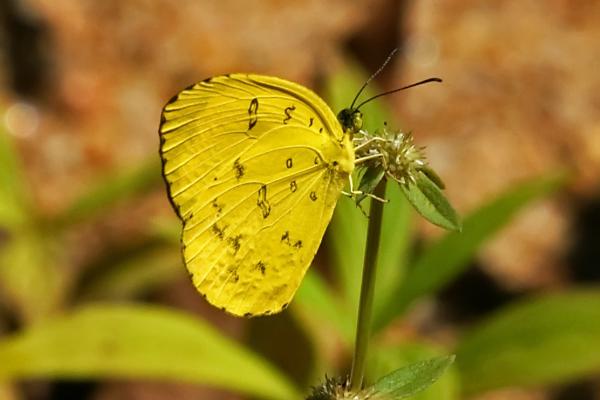
Famous for their epic migration from North America to central Mexico (up to 4,500 km!). Their orange and black wings are iconic, but climate change and habitat loss now threaten their survival.
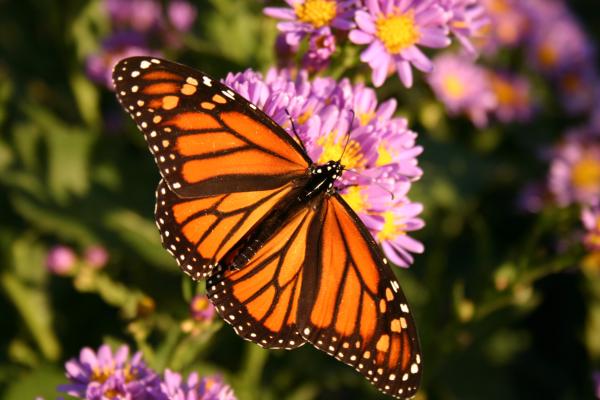
A large butterfly with black wings marked by diagonal yellow bands and prominent tails on the hindwings. Caterpillars resemble bird droppings for camouflage and feed on citrus plants. Adults are important pollinators.
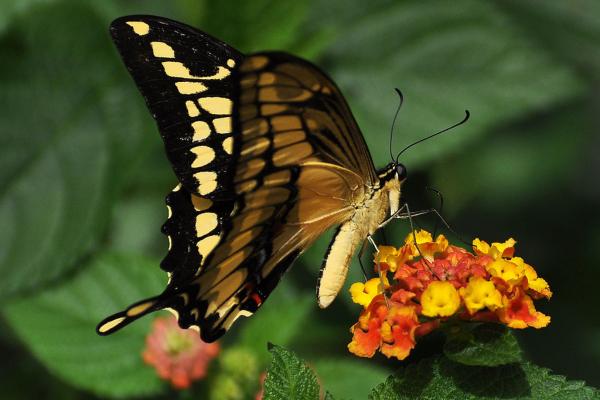
A moth whose larvae are serious pests for maize, sugarcane, and other crops. Adults have brown forewings with V-shaped black dots.

Large butterflies with striking “owl eye” spots on the hindwings to scare predators. Active at dusk; caterpillars feed on banana and heliconia plants.
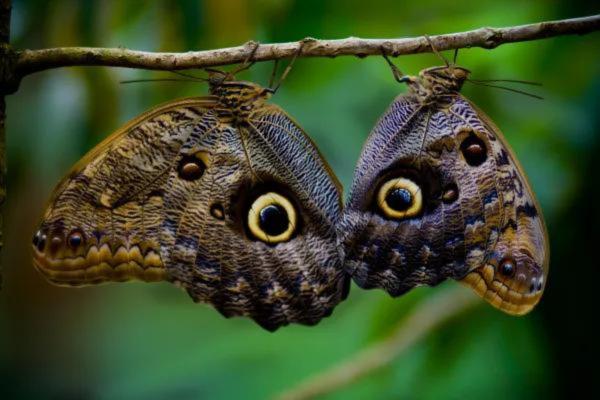
Named for the skull-like marking on its thorax, this species is often seen as an omen of bad luck in folklore. Nocturnal, it can sneak into beehives to steal honey, and the caterpillars are large and vibrantly colored.
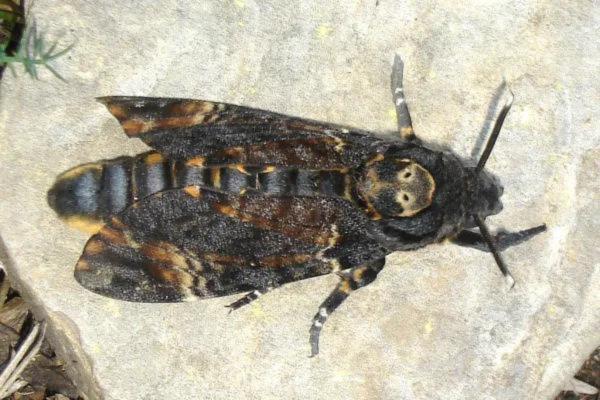
The world’s largest butterfly by wingspan (up to 27 cm). Males are bright and smaller; females are larger and darker. Found only in Papua New Guinea, it is a national symbol.
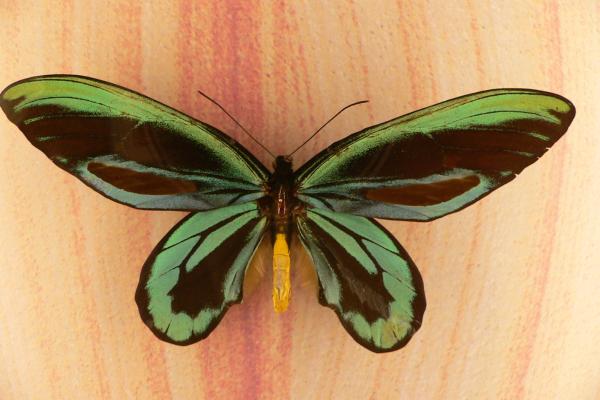
The world’s largest moth by wing surface (up to 400 cm²). The wingtips resemble snake heads to deter predators. Adults do not eat; they live only to reproduce.

A domesticated moth vital for silk production. The caterpillars eat mulberry leaves and spin a cocoon of raw silk. No longer found in the wild.
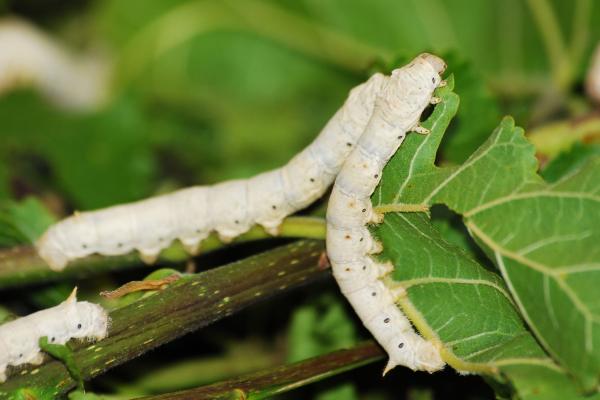
Zebra Longwing (Heliconius charithonia)
Queen Butterfly (Danaus gilippus)
Marine Blue (Leptotes marina)
Glasswing Butterfly (Greta oto)
Peacock Butterfly (Inachis io)
Spanish Moon Moth (Graellsia isabellae)
Purple Emperor (Apatura iris)
Velvetbean Caterpillar (Anticarsia gemmatalis)
Fall Armyworm (Spodoptera frugiperda)
Tobacco Hornworm Moth (Manduca sexta)
Codling Moth (Cydia pomonella)
Butterflies are not only a feast for the eyes—they play vital roles as pollinators and environmental indicators. Their presence signals a healthy ecosystem. Protecting butterflies means preserving our natural world for future generations.
animal tags: Butterflies
We created this article in conjunction with AI technology, then made sure it was fact-checked and edited by a Animals Top editor.